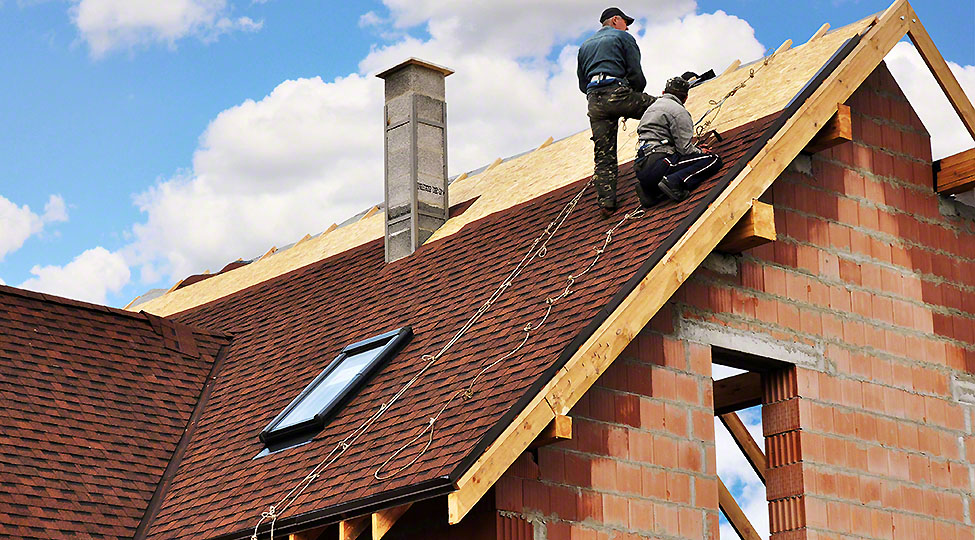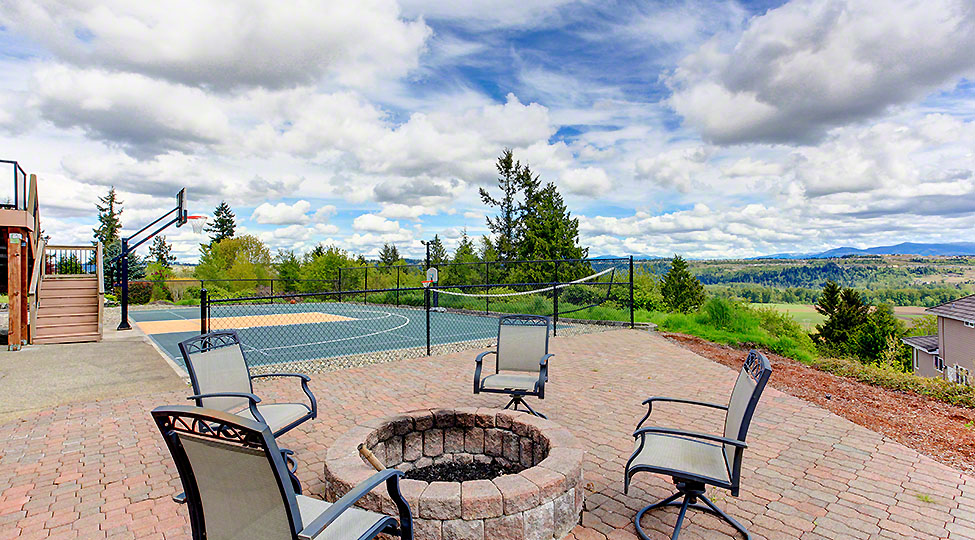Water softeners can instantly turn hard and useless water into soft and potable water. Water softener systems are excellent, but they are machines at the end of the day and there can be times when water softeners don’t work properly. How do you find this out though? Well, here is everything you need to know.
The Water Pressure Is Low
This is quite a common problem with a water softener and it is the fact that the water pressure is suddenly very low. This can happen for a couple of reasons. It can be because of leaks in the water softener, it can also be due to faulty valves and other things like that.
The point is that the pressure shouldn’t be too low, otherwise there won’t be any water in the taps and faucets. So, if you see that the water pressure after the installation of the softener is too low, then these could be the potential issues.
Resin Bed Is Degenerated
The resin bed is basically where all of the magic happens. This is the place where the hard water ions are replaced by the soft water ions and the water is turned from hard to soft. However, that doesn’t mean that the resin bed can never fall victim to problems either.
If the resin bed is degenerated and it is not replenished over time, then it can lead to faulty operation of the water softener. This is not something you want to see, because it is the heart and soul of the water softener and without this system working properly, things won’t be the same.
Resin Fouling
Speaking of resin, it doesn’t just degenerate. It can also get poisoned or fouled by debris. Water coming into the water softener can have debris and dirt in it, so it is necessary that if the water is to be softened, it should also be filtered in the first place, because if it doesn’t, then it can lead to resin fouling.
If the resin bed is tampered with, then the softening process will also be faulty and that can be seen through the improper performance of the water softener. So, keep an eye out for this issue too.
Water Hardness Levels Need Checking
If you have hard water, that doesn’t mean that you can just set a water softener and forget about everything. That is not how things work. You need to check the hardness level of the water and then tweak the water softener settings as required.
There is no “one size fits all” setting for water softener, so you need to ensure that you’re not just winging the settings. You need to check the water hardness levels and then check the water softener performance accordingly. If you set the levels too low, then the water won’t be softened at all.
Sludge Problems
The water softener also contains a brine tank and this is the place where salty water manages the resin bed and the process takes place. Well, in the brine tank, there can be a thick layer of moist salt at the bottom, which is known as sludge.
This is not good at all and this can lead to choking and other issues if you don’t regularly clean the brine tank. This is crucial, because if the majority of the space is being hogged by the sludge, then the water softener won’t work properly.
Problem With The Brine Tank
The brine tank can also have more problems besides the sludge. There are lots of pipes and valves in the brine tank that lead the water to and from the water softener assembly. Well, within these pipes, there can be clogs and obstructions.
These pipes and valves are pretty restricted and thin, to begin with, so you can’t expect them to flush all of the obstructions away as normal. This is why you want to ensure that you’re checking these small and narrow pipes as you go so that the water softener doesn’t get affected in the process.
The Water Softener Is Not Ventilated
Water softener and ventilated? What is that supposed to mean? Well, water softeners are generally huge and they need quite a huge space to be installed, but what they also require is an ample space where the air can flow easily and cool the system down as it fires up.
This is important because you don’t want the water softener to get overheated which is a problem and can occur more often than not, believe it or not. So, this is something that you need to look out for and this consideration will save your water softener from breaking down.
The Water Softener Is Incompatible
Water softeners are not exactly one size fits all. There are plenty of water softeners to choose from and you can’t just select any water softener you see. The size of the water softener, the compatibility, the capacity of the water softener, everything needs to be considered.
This is something that a lot of people don’t even realize until something goes wrong and the whole problem stems from the fact that the water softener they have is incompatible with their requirements. So, if you are going to spend money on buying a water softener or a water filtration system Erie, make sure that you get the right one.
Water Softener Is Using Too Much Salt?
Water softeners use salt as the main driving mechanism. You should choose the right type of salt. But even when you pick the right salt, there may be other problems. Water softeners do use a sizable quantity of salt, but sometimes, you can see that it is just too much. Why is the water softener using so much salt? Well, that can be due to a couple of reasons. There might be an issue in the brine tank. There might be leaks or clogs in the tank that are causing salt wastage and that is not something you want to experience.
The float of the brine tank may also be faulty. It tells how much salt a tank needs for a cycle of regeneration so if the float is faulty then it will use a lot more salt than usual. So, you want to ensure that you’re checking all of these things before concluding.
There Are Leaks
Leaks in the water softener are really common. You can tell if there’s a leak in the softener when you see that too much water is being used all of a sudden. If that’s not enough, then you can also experience puddles of water on the floor of the softener, which is alarming.
In this case, before anything else happens, you want to turn off the water softener immediately and check for leaks. If the water softener is still working fine, then you should thank your lucky stars for that, because it could’ve been a lot worse.
Conclusion
Water softeners are amazing but when they don’t work, that’s when they can turn into a pain in the neck. Well, now you know exactly why a water softener stops working. You should consult an expert to know if the water softener can repaired or if you need to perform new water softener installation Warren.


